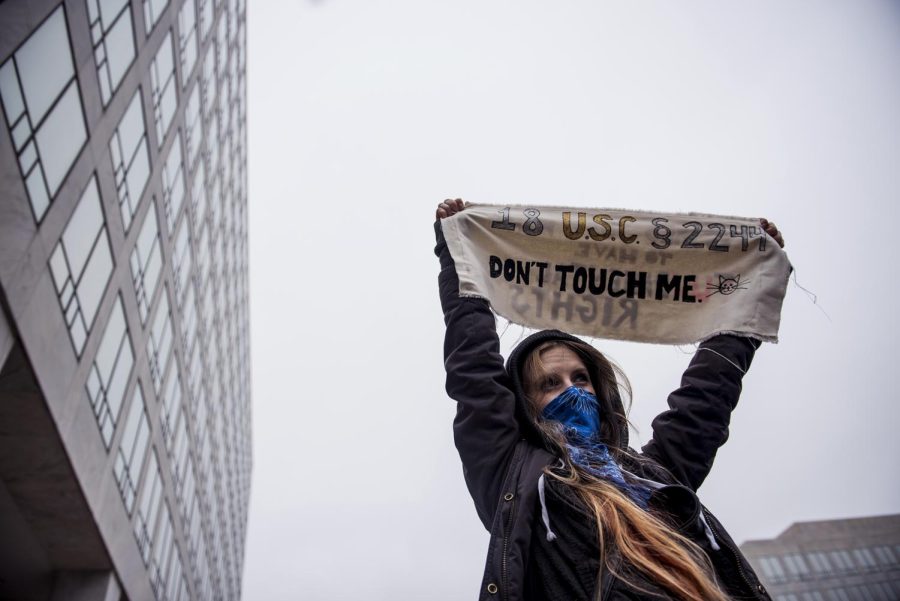Perspectives: Democracy in action
January 24, 2017
“This is what democracy looks like!”
From Washington, D.C., to New York, to Los Angeles.
From one end of the country to the other and all the places in between, the chant rung out and echoed off the architecture of our cities.
In response to the inauguration of President Donald Trump, the people of the United States organized the largest protest in our nation’s history, with USA Today estimating over 2.6 million people marching across the country — the number growing as more locations report their participation.
Those who took issue with many of the comments made by Trump during and after the election decided not to remain silent. It was called the Women’s March, but it was more than just an issue of gender. It was the will of the people enacted and a new generation of inspired activists; it was humanity, peacefully assembled with a clear message that they would not allow the new administration to potentially devalue or disenfranchise them.
Organized around a common goal to stand up against what they felt was a threat to civil and human rights, demonstrators filled the streets, creating a sea of people in pink pussyhats as far as the eye could see.
Awash in the crowd, it was easy to lose sight of the individuals who traveled from all over to capitulate their voices together as one united front. This is a look at the individuals who felt the need to join together with other like-minded people and have their voices be heard.
This was democracy in action.
Clint Datchuk is the photo editor for the Stater, contact him at [email protected].

























